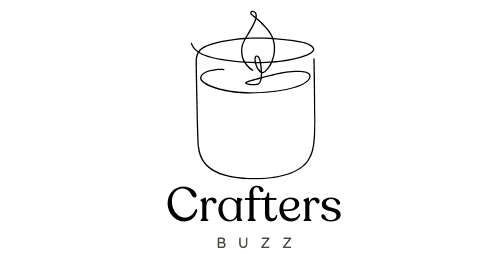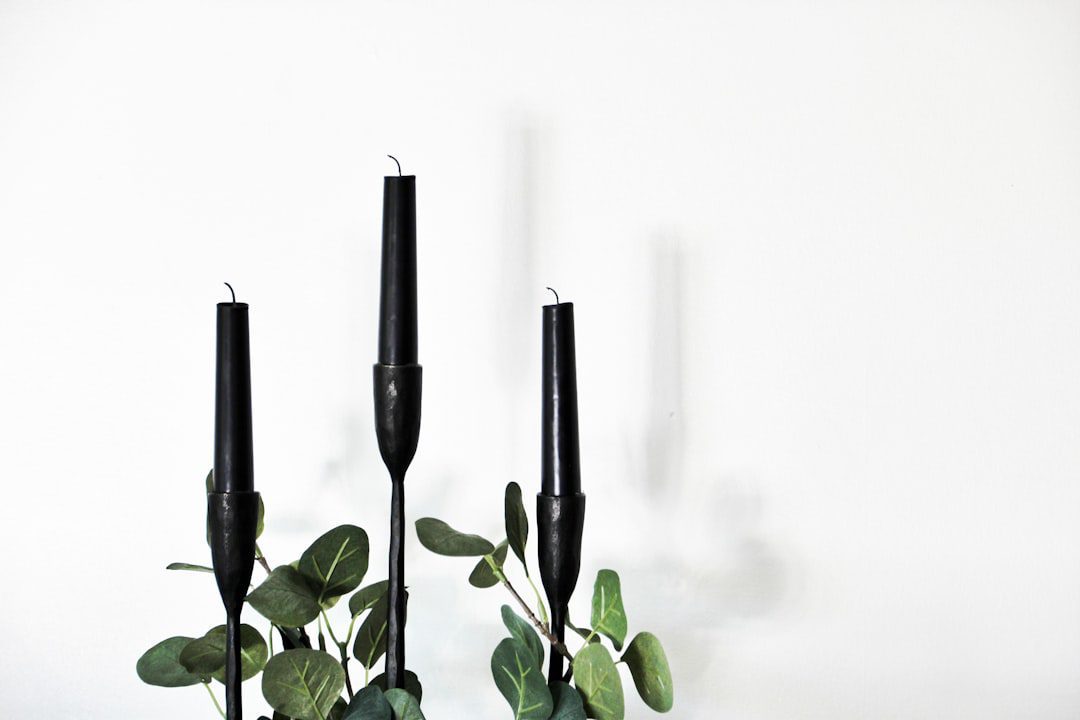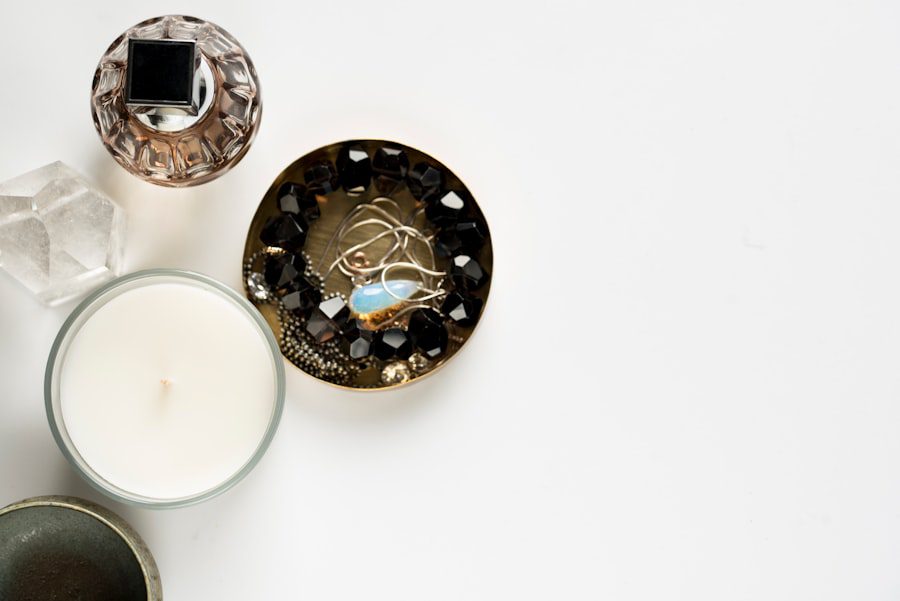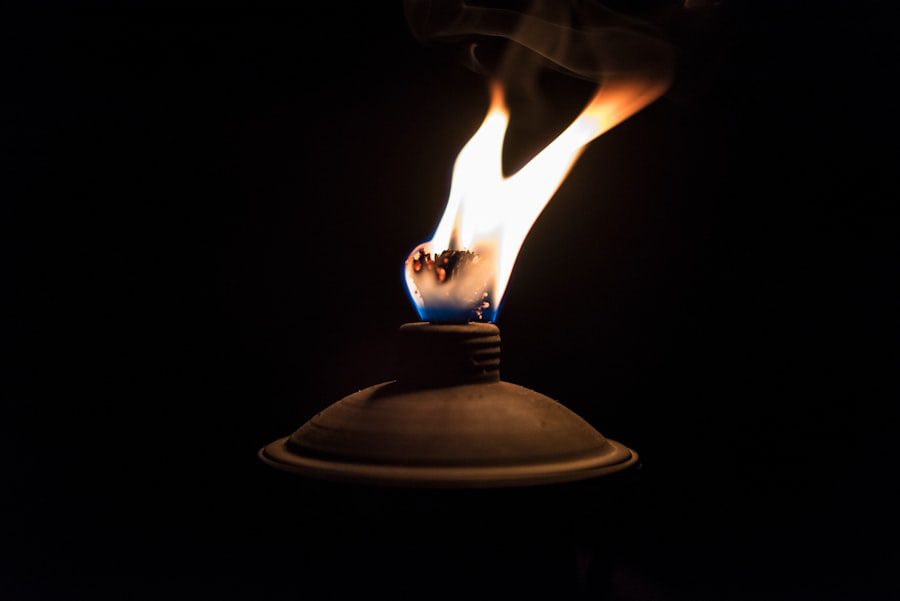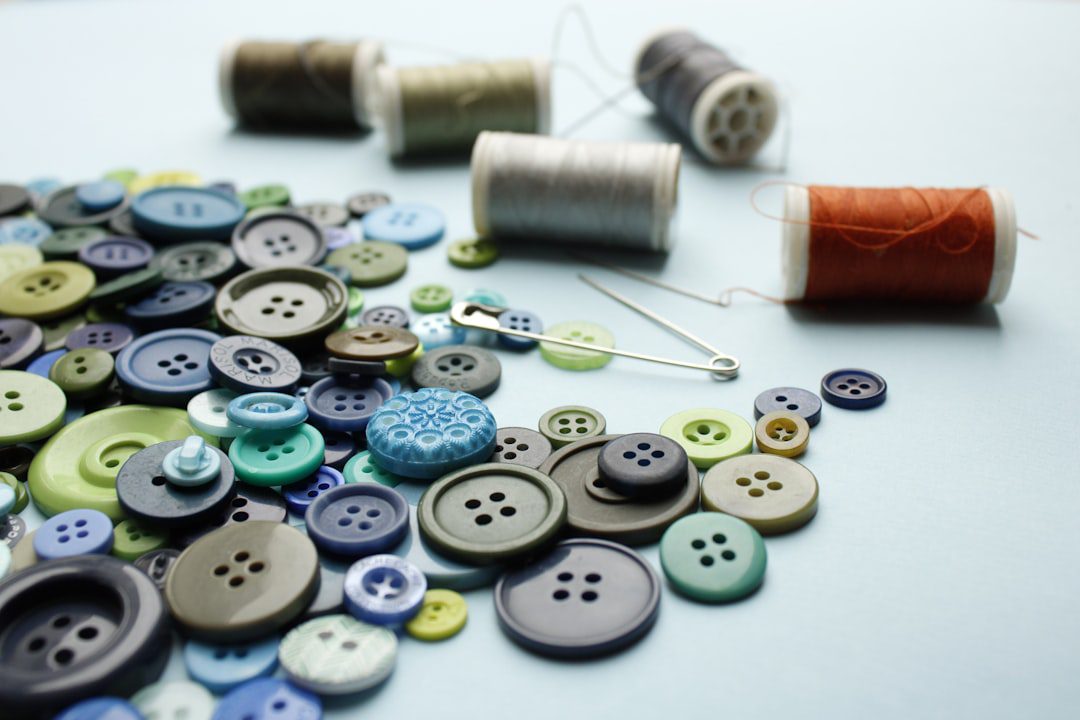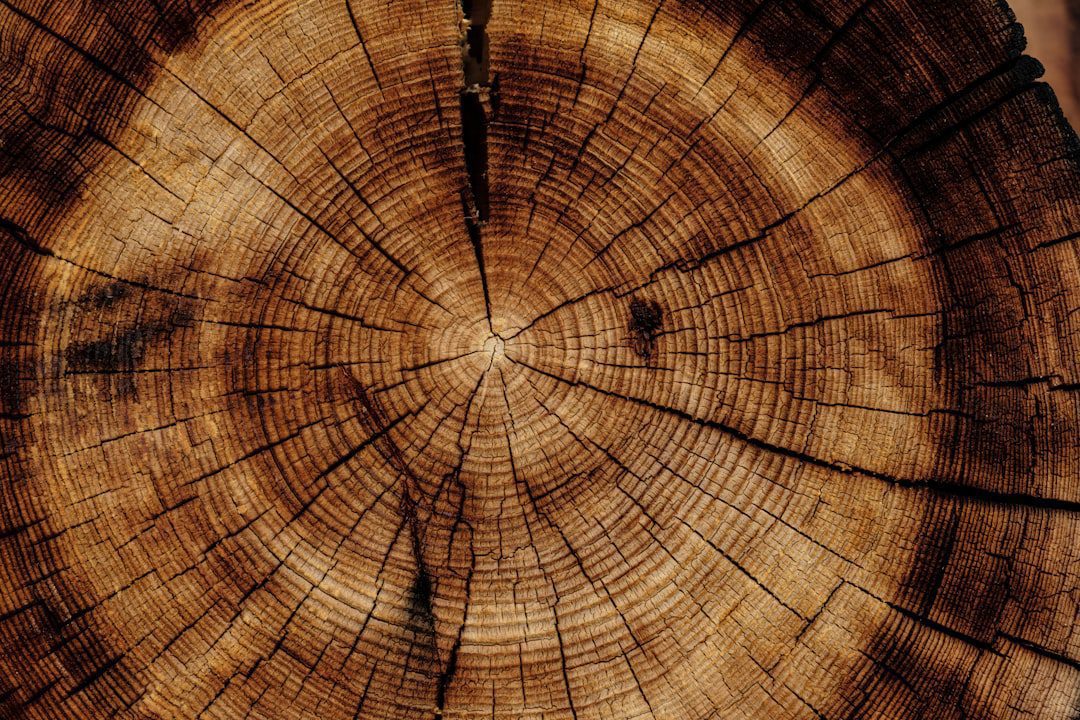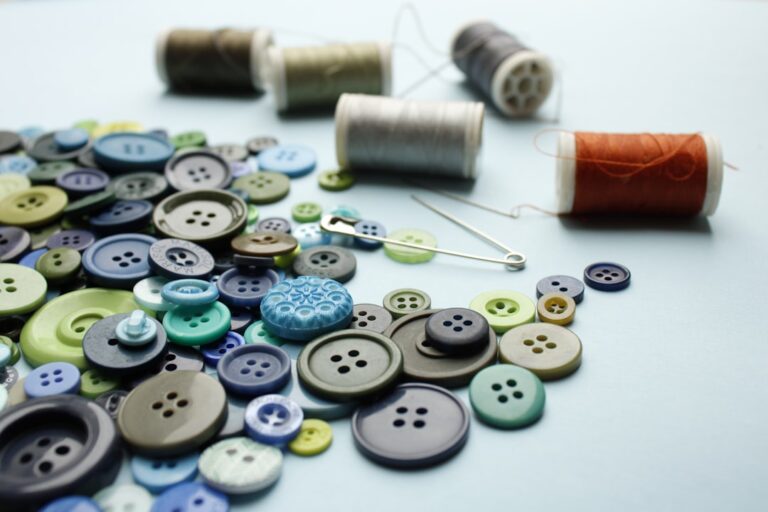Choosing the right wick for making large pillar candles.
The size of a wick is a critical factor in the performance of a candle, particularly when it comes to large pillar candles. A wick that is too small may struggle to produce enough heat to melt the wax adequately, leading to a shallow burn pool and an unsatisfactory fragrance throw. Conversely, a wick that is too large can create an excessively large flame, resulting in soot production, uneven burning, and a potentially hazardous situation.
Therefore, understanding the importance of wick size is essential for achieving optimal candle performance and ensuring safety during use. Wick size directly influences the burn rate, flame height, and overall aesthetic of the candle. For large pillar candles, which typically have a greater wax volume and diameter, selecting the appropriate wick size becomes even more crucial.
A well-sized wick will facilitate a consistent burn, allowing the candle to maintain its structural integrity while providing an even melt pool. This not only enhances the visual appeal of the candle but also maximizes the release of fragrance oils, creating a more enjoyable sensory experience for the user.
Factors to Consider When Choosing a Wick
Choosing the Right Wick for Large Pillar Candles
When selecting a wick for large pillar candles, several factors must be taken into account to ensure optimal performance. One of the primary considerations is the diameter of the candle itself. Larger diameters require thicker wicks to generate sufficient heat for melting the wax evenly across the surface.
Wax Type and Its Impact on Wick Selection
The type of wax used plays a significant role in wick selection. Different waxes have varying melting points and burn characteristics, which can affect how well a wick performs. For instance, paraffin wax may require different wick specifications compared to soy or beeswax.
Additional Factors Affecting Wick Choice
Another critical factor is the fragrance load of the candle. Candles with a higher concentration of fragrance oils may necessitate a larger wick to accommodate the increased viscosity and ensure proper combustion. Furthermore, additives such as stearin or vybar can alter the burning characteristics of the wax, which in turn influences wick choice.
Environmental Considerations for Optimal Performance
The ambient environment where the candle will be used also matters; drafts or air circulation can affect flame stability and burn efficiency, necessitating adjustments in wick size or type.
Different Types of Wicks for Large Pillar Candles
There are several types of wicks available for large pillar candles, each designed to cater to specific burning needs and preferences. Cotton wicks are among the most common choices due to their versatility and ease of use. They are available in various sizes and can be treated with additives to enhance their burning properties.
Cotton wicks tend to produce a steady flame and are suitable for most types of waxes, making them a popular option for many candle makers. Wooden wicks have gained popularity in recent years for their unique aesthetic and crackling sound when burned. They provide a wider flame and can create a larger melt pool, making them suitable for larger candles.
However, wooden wicks require careful consideration regarding placement and sizing, as they can burn too quickly if not properly matched with the candle’s dimensions and wax type. Additionally, there are specialty wicks such as zinc-core or paper-core wicks that offer specific benefits, such as enhanced rigidity or reduced soot production.
Testing and Troubleshooting Wick Sizes
Testing is an essential part of the candle-making process, particularly when it comes to determining the appropriate wick size for large pillar candles. A systematic approach to testing involves creating multiple test candles with varying wick sizes to observe their performance under controlled conditions. This allows candle makers to assess factors such as burn time, flame height, and melt pool depth.
By documenting these observations, one can identify which wick size yields the best results for a specific candle formulation. Troubleshooting wick sizes can often involve analyzing common issues that arise during burning. For example, if a candle produces excessive soot or has an unstable flame, it may indicate that the wick is too large for the wax type or fragrance load.
Conversely, if the candle burns too slowly or fails to produce a sufficient melt pool, it may be necessary to switch to a larger wick size. Candle makers should also consider environmental factors such as room temperature and airflow when troubleshooting wick performance, as these elements can significantly impact how a candle burns.
Proper Wick Placement for Large Pillar Candles
Wick placement is another crucial aspect of candle making that can influence burn quality and safety. For large pillar candles, the wick should be centered within the mold or container to ensure an even burn across the entire surface area. If the wick is off-center, it can lead to uneven melting and tunneling, where wax remains on the sides of the candle while creating a deep well in the center.
This not only affects aesthetics but also reduces burn time and fragrance throw. In addition to centering the wick, it is important to consider its height above the wax surface during pouring and cooling. The wick should be secured in place using a wick holder or adhesive to prevent it from shifting during the pouring process.
Once poured, allowing the candle to cool undisturbed will help maintain proper wick placement and ensure that it remains upright throughout its burn cycle.
Choosing the Right Wick Material
The material of the wick plays a significant role in how well it performs in large pillar candles. Cotton wicks are favored for their natural composition and ability to produce a clean burn with minimal soot production. They are often braided or twisted to enhance their structural integrity and burning characteristics.
Cotton wicks can also be treated with various coatings to improve their performance in different wax types. Wooden wicks offer an alternative that appeals to those seeking a unique burning experience. They are typically made from thin strips of wood that can create a wider flame and produce a pleasant crackling sound reminiscent of a fireplace.
However, wooden wicks require careful handling and testing due to their tendency to burn faster than cotton wicks if not sized correctly. Other materials such as metal-core wicks provide additional stability but may produce more soot compared to natural fibers.
Wick Sizing Chart for Large Pillar Candles
A wick sizing chart serves as an invaluable tool for candle makers when determining which wick size is appropriate for their large pillar candles. These charts typically provide guidelines based on various factors such as candle diameter, wax type, and fragrance load. For example, a chart may suggest using a specific size cotton wick for a 4-inch diameter pillar candle made from soy wax with a moderate fragrance load.
While these charts offer helpful starting points, it is essential to remember that they are not definitive solutions. Variations in wax formulation, additives, and environmental conditions can all influence how a particular wick performs in practice. Therefore, using sizing charts in conjunction with thorough testing will yield the best results when crafting large pillar candles.
Tips for Successfully Choosing and Using the Right Wick
Successfully choosing and using the right wick for large pillar candles involves several best practices that can enhance both performance and safety. First and foremost, always conduct thorough research on different wick types and sizes before beginning your project. Familiarize yourself with various materials and their respective burning characteristics to make informed decisions tailored to your specific needs.
Additionally, keep detailed records of your testing process, including observations on burn times, flame heights, and any issues encountered during testing. This documentation will serve as a valuable reference for future projects and help refine your approach over time. When experimenting with new formulations or designs, consider starting with small test batches before committing to larger production runs.
Finally, always prioritize safety when working with candles. Ensure that your workspace is well-ventilated and free from flammable materials during the candle-making process. Use appropriate protective gear when handling hot wax or sharp tools, and never leave burning candles unattended.
By following these guidelines and remaining attentive to detail throughout the candle-making process, you can achieve successful results with your large pillar candles while enjoying the creative journey along the way.
When making large pillar candles, it is important to choose the right wick to ensure a clean and even burn. For more information on how to properly use a candle snuffer to extinguish your candles, check out this helpful article on how to use a candle snuffer. Additionally, if you are interested in learning about the history and differences between beeswax and tallow candles, be sure to read this informative article on beeswax vs tallow candle types in history. For some creative DIY decorative candle ideas to inspire your next project, take a look at this article on 10 creative DIY decorative candle ideas.
FAQs
What is the importance of choosing the right wick for making large pillar candles?
Choosing the right wick is crucial for ensuring that the large pillar candles burn evenly and efficiently. The wick size and type will determine how the candle burns, including the size of the flame and the rate at which the wax is consumed.
How do I determine the right wick size for my large pillar candles?
The right wick size for large pillar candles can be determined by considering the diameter of the candle and the type of wax being used. Generally, larger diameter candles will require larger wicks to ensure proper burning.
What are the different types of wicks available for large pillar candles?
There are several types of wicks available for large pillar candles, including cotton wicks, wooden wicks, and eco-friendly wicks made from materials like hemp. Each type of wick has its own burning characteristics and is suitable for different types of candles.
How can I test the wick to ensure it is the right choice for my large pillar candles?
Before making a large batch of candles, it is important to conduct wick testing to ensure the chosen wick burns properly. This can be done by making a test candle with the chosen wick and observing how it burns, including the size and stability of the flame.
Are there any safety considerations when choosing the right wick for large pillar candles?
Safety is an important consideration when choosing the right wick for large pillar candles. It is important to ensure that the chosen wick does not produce excessive smoke or soot, and that it does not create a flame that is too large for the size of the candle.
